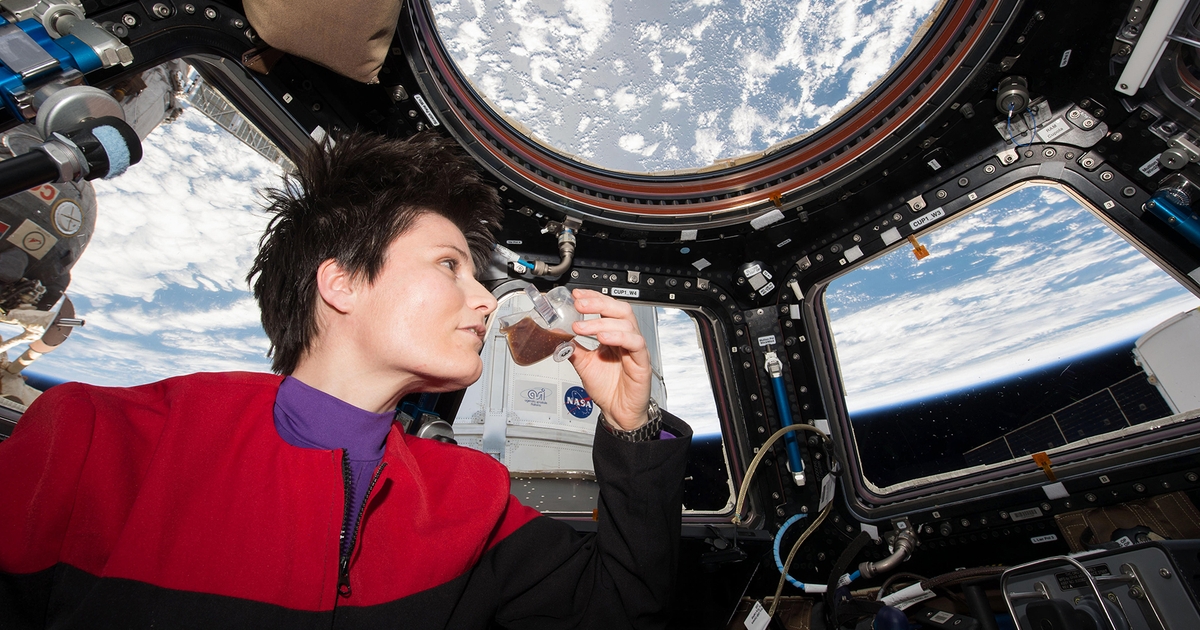
December 1, 2023 at 05:27PM
Cybersecurity is critical for space missions as threat actors now easily target space infrastructures due to the integration of standard IT with space tech. The ESA is enhancing defenses through initiatives like the C-SOC, offering access and tools to the industry, and employing AI and digitalization to improve threat detection and system security while cautioning against AI’s vulnerabilities. Operations are set to begin in 2024, with ESA working to secure technology advancements alongside the industry.
Key Takeaways from Meeting:
1. **Importance of Cybersecurity in Space**: Cybersecurity is crucial for space missions, as the barriers to entry for attackers have lowered, making attacks from both sophisticated cybercriminals and less skilled individuals (“script kiddies”) a significant risk.
2. **Challenges for Europe’s Commercial Space Industry**: Europe is facing challenges in its growing commercial space sector. To address them, the European Space Agency (ESA) is enhancing its defenses, including the future provision of access to its space cybersecurity operations center (C-SOC) and supplying tools for the industry’s use.
3. **Evolution of Space Infrastructure Threats**: Traditional high barriers to space infrastructure attacks have been eroded due to the adoption of standard IT technologies within the space industry. This has led to a rise in threats that are already common in other sectors.
4. **Protection Measures for Space Assets**: Companies, especially startups, are proactively implementing cybersecurity controls to protect their investments in space assets. These controls include security for ground segments and communication links, such as telecommand authentication.
5. **Integration with Other Networks**: Space systems are now integrated with networks like the Internet to meet business requirements, exposing them to additional cybersecurity threats.
6. **Common Cyber Vulnerabilities**: The vulnerabilities targeted in space are similar to those in other domains, including network, software, and social engineering attacks, which now can be more systematically executed through automation.
7. **ESA Cybersecurity Initiatives**: ESA is deploying the Ground Operation System Common Core – Multi-Mission Generation (EGOS-MG) and establishing the C-SOC at ESOC and ESEC. The C-SOC will begin operations in 2024 and is intended to detect and respond to attacks on ESA’s space system infrastructures. Its services will be made available to the broader European space industry.
8. **Role of AI and Digitalization in Enhancing Cybersecurity**: AI can significantly improve cybersecurity through enhanced pattern recognition and automated testing. It will also aid in distinguishing between actual cyberattacks and false positives and in reducing false positives over time. Digitalization, specifically model-based system engineering (MBSE), can advance cybersecurity engineering by enabling efficient threat and risk assessments.
9. **Awareness of New Technology Risks**: While new technologies such as AI offer improvements in cybersecurity, they also introduce new vulnerabilities like data poisoning. Organizations must be mindful of these new risks.
10. **ESA’s Collaboration with the Industry**: ESA is working together with the European space industry to develop secure capabilities through the ESA General Support Technology Programme (GSTP), which will have mutual benefits for both ESA and the industry entities involved.